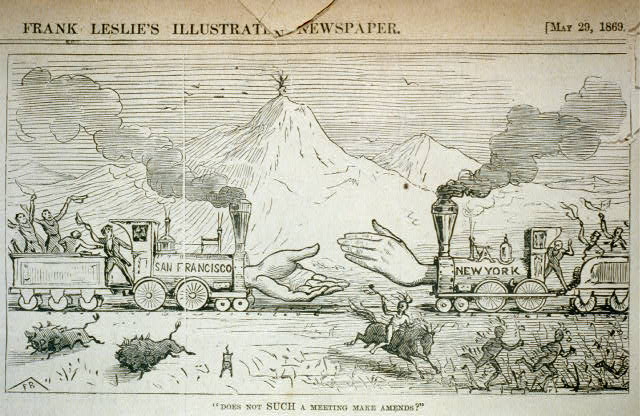In the summer of 1862, America was playing catchup in a world being transformed by the Industrial Revolution. The advent of steel manufacturing and advancements in chemical engineering were automating labor jobs that had been feeding agricultural families for decades.
Abraham Lincoln believed in industry over agriculture. He envisioned the practical application of these new technologies as his ticket to modernizing the national economy. However, Lincoln foresaw there was a piece of the puzzle left unsolved.
You see, America’s backbone at the time was comprised of millions of farming and land-owning families, who saw the industrialization as a threat to their entire livelihood - hell, to their entire Protestant work ethic and way of life (does that sound familiar?)
Lincoln believed the government’s responsibility was to the people, not the technology. Therefore, Lincoln swiftly signed three acts in three months that forever transformed our nation between May and July 1862.
First, Lincoln signed into law the Pacific Railway Act, which established a public-private partnership to build a network of Transcontinental Railroads linking the Atlantic and Pacific Oceans.
Second, Lincoln signed the Homestead Act, which granted a families, free of charge, 160 acres of government land in the Western Territories with the option to purchase that land at a discounted price in the future.
Third, Lincoln signed the Morrill Act, which established the first system of land-grant colleges across existing and new territories, which educated children of settlement families on the recent advancements in agricultural science and machinery .
So in other words, how did Lincoln handle the automation of jobs brought about by technology?
First he gave agricultural families an incentive to start over. Then, he built an educational system to train their children on the latest technology. Finally, he subsidized a large civil engineering project to employ millions of people using these new technologies.
The results? Within 50 years, the United States was graduating 3000 engineers per year to become the world leader in technical education with groundbreaking inventions releasing each decade.
The system of land-grant colleges combined with the supportive network of family settlements enabled American engineers to work on civil projects that transformed the way people ate, slept, breathed, and communicated with each other.
So what about 2020? We know the technological revolution of software, AI and bioinformatics has begun. #COVID-19 is decentralizing access to technology. We also know there is an immense gap between the urban and rural communities in America, evidenced by the 2020 election.
We can take a lesson out of Lincoln’s playbook in order to solve 21st century job automation. We must build the systems to modernize a workforce fueled by the morals that make us one nation, not two.
